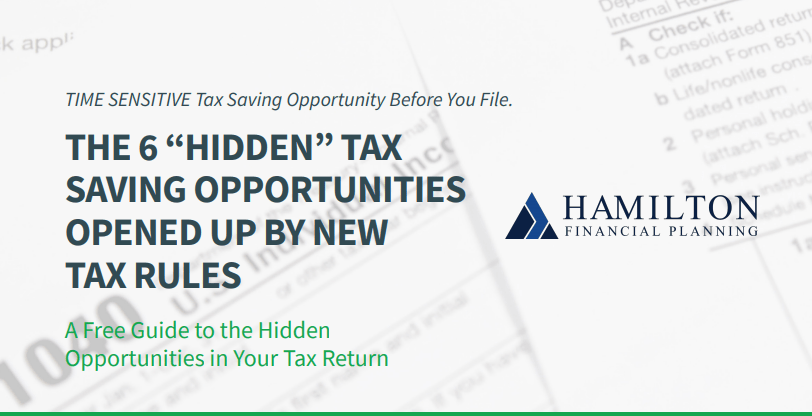
By Scott Hamilton, CFP®
Regularly rebalancing your portfolio is a task often overlooked by many investors. However, it’s a vital step that can significantly impact your investment progress.
So, what exactly is “rebalancing,” and why does it matter? Simply put, rebalancing involves adjusting your investments by buying and selling assets to return to your desired target allocation.
Here’s a quick example: Imagine your target asset allocation is 70% stocks and 30% bonds (though your specific mix will depend on factors like your age, risk tolerance, and financial goals). Over time, as stock prices rise, your allocation might shift to 80% stocks and 20% bonds. To bring your portfolio back in line with your 70/30 target, you’d need to sell some of your stocks and purchase more bonds.
It’s fairly straightforward—but why is this so important? Read on to understand more.
Table of Contents
It Reduces Risk
It may be tempting to double up on your winners, but this isn’t wise. Investing 101 says to buy low and sell high. If one asset class starts to make up too much of your portfolio, it means you have too many eggs in one basket. If that asset class starts crashing, a sizable chunk of your portfolio will crash with it.
This goes both ways. If an asset class performs poorly and starts to make up less of your portfolio, you now have too few eggs in one basket. If you fail to rebalance and this asset class starts doing well, you won’t be in a position to take full advantage of it.
Basically, if you never rebalance your portfolio, your allocation will gradually shift so you’re no longer invested according to your risk tolerance (either too aggressive or not aggressive enough).
The general rule of thumb is to rebalance at least once a year. While this is a good guide for most, in reality, rebalancing is recommended whenever the balance in an asset allocation changes by 5 percentage points.
It Allows for a Deep Inspection
Rebalancing is not only a time to balance asset allocation, but it’s also a time for balancing funds within each asset allocation.
For example, you may look at the small-cap stock funds and realize one fund has grown substantially more than the rest. When this happens, try to fight your natural reaction to buy more of this fund. If you follow the “buy low, sell high” philosophy, you would sell some of this high-performing fund to buy more promising underperforming funds. This way, you’ll decrease risk by not having one fund representing too much of an asset class.
Take the Next Step
It would be ideal if building your portfolio were a simple “set it and forget it” process. Rather, it requires ongoing attention and adjustments; and without regular maintenance, your portfolio’s performance could fall short of your goals. That’s why partnering with a professional advisor who actively monitors your investments can make all the difference.
If you’d like to learn more about how Hamilton Financial Planning, LLC can help you build and manage your portfolio, reach out today. Schedule a complimentary get-acquainted meeting online or reach out to us at 512-261-0808 or scott@hamiltonfinancialplanning.com.
About Scott
Scott Hamilton is founder and chief financial officer at Hamilton Financial Planning, a wealth management firm that specializes in providing comprehensive financial planning for retirees. With over 20 years of experience in the financial industry, and having completed over 250 financial plans for retirees across all industries, but mostly the oil and gas industry, Scott is passionate about providing his clients with the tools and insight they need to achieve their financial goals. He has a Bachelor of Business Administration in finance from Texas State University and an MBA in international finance from Pepperdine University. Scott has also been happily married to his wife, Gayle, for over 25 years. To learn more about Scott, connect with him on LinkedIn.

